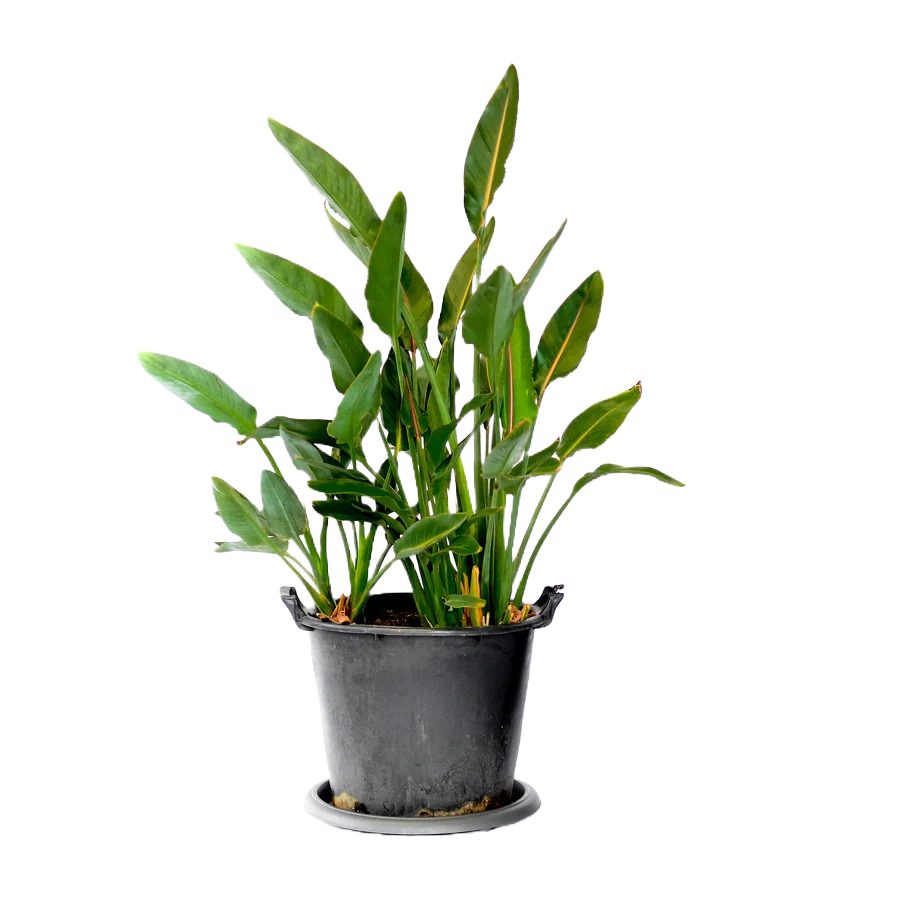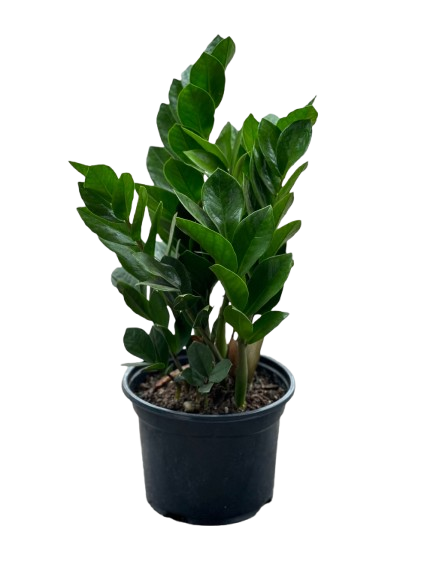Arabian Jasmine, known botanically as Jasminum sambac, is one of the most beloved flowering plants in the world. Famous for its intoxicating fragrance and delicate white blossoms, it is grown both as an ornamental plant and for its cultural importance. In Kenya, Arabian Jasmine is a favorite choice for home gardens, patios, and verandas because of its sweet aroma, easy care, and ability to thrive in warm climates.
Why Grow This Plant?
- Produces highly fragrant white flowers used in perfumes and teas.
- Blooms throughout the year in warm Kenyan conditions.
- Attractive shrub or climber for hedges, trellises, and containers.
- Low maintenance and drought-tolerant once established.
- Cultural and symbolic plant in many traditions.
Cultural & Historical Significance
Arabian Jasmine has deep cultural roots across the world. In India and Southeast Asia, it is woven into garlands and used in spiritual rituals, weddings, and temple offerings. In the Philippines, it is the national flower and symbolizes purity, simplicity, and humility. In the Middle East, Arabian Jasmine is admired for its fragrance, often infused in teas. Today, it remains a symbol of love, peace, and beauty across many cultures.
Ideal Growing Conditions in Kenya
- Sunlight: Prefers full to partial sunlight for abundant blooms.
- Temperature: Thrives in warm climates between 18°C – 32°C.
- Soil: Well-drained, loamy soil enriched with compost.
- Watering: Moderate watering; keep soil slightly moist but not soggy.
- Regions: Grows well in Nairobi, Kiambu, Kisumu, Mombasa, and most warm Kenyan regions.
How to Plant It
- Select a sunny to partially shaded location or a large pot with drainage.
- Prepare nutrient-rich, well-drained soil mixed with compost.
- Remove the plant from its nursery bag, gently loosening the roots.
- Place it in the hole at the same depth and cover with soil.
- Water well and add mulch to retain soil moisture.
Care Tips
- Prune after flowering to maintain shape and encourage more blooms.
- Fertilize every 6–8 weeks with a balanced flower fertilizer.
- Provide a trellis or support if growing as a climber.
- Deadhead spent flowers to promote continuous blooming.
Pests & Diseases
- Aphids & Whiteflies: Can cause leaf curling; treat with neem oil or insecticidal soap.
- Powdery Mildew: White powdery coating on leaves; improve airflow and treat with fungicide.
- Root Rot: Caused by overwatering; ensure good drainage.
Pet Safety
Arabian Jasmine is considered non-toxic to cats and dogs, making it a safe choice for pet-friendly households in Kenya.
Growing in Containers
This jasmine variety is perfect for containers, verandas, and balconies. Choose a medium to large planter with drainage, use loamy soil enriched with compost, and place in a sunny spot. Regular pruning will keep it compact and bushy.
Where to Buy This Plant in Kenya
Get healthy Arabian Jasmine plants and stylish planters from Plantify.co.ke, your trusted source for high-quality indoor and outdoor plants.
Final Thoughts
Arabian Jasmine is more than just a beautiful plant—it’s a living fragrance that fills your home or garden with peace and serenity. Easy to grow in Kenya’s warm climate, it’s a perfect choice for anyone who wants beauty, cultural richness, and aroma all in one plant.
Recent Posts
- Asiatic Lily Bulbs in Kenya: Vibrant Color, Easy Growth & Garden Beauty
- Dendrobium Orchids: Elegant Blooms, Easy Care & Indoor Beauty
- Vanda Orchids: Vibrant Colors, Air-Grown Beauty & Elegant Displays
- Vriesea Bromeliads in Kenya: Elegant, Colorful & Easy to Grow
- Manuka : Beauty, Healing & Natural Resilience







